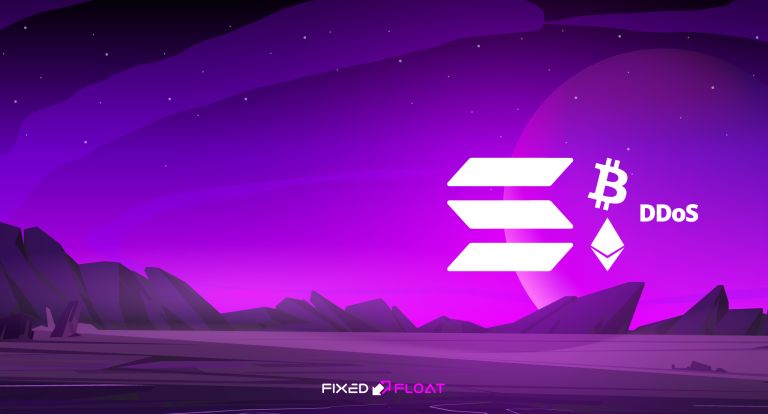A brief history of Ethereum Classic
In 2015, the Ethereum platform was launched, which quickly gathered like-minded people interested in smart contract technology. On the basis of the platform, the independent investment fund The DAO was founded, which had its own tokens. In 2016, an attacker discovered a vulnerability with which he stole $50 million. This event created panic among users, the price of DAO tokens and the ETH coin themselves fell.
The attacker was never able to use the stolen funds. They managed to block the wallet. But a dispute arose: what to do with them? Part of the crypto community believed that it was not worth violating the principle of decentralization, and since a hacker was able to find a vulnerability, he had the right to use it. But in the end, the management decided to restart the Ethereum network with the elimination of vulnerabilities. And the stolen funds were returned to the owner.
As a result of the hard fork, two coins appeared — Ethereum with an updated protocol and Ethereum Classic as the initial version of Ethereum. Most developers and large traders, including Vitalik Buterin, decided to move on with ETH, while more conservative developers stayed with ETC.
Ethereum Classic features
- ETC's main principle is immutability. The project works on the Proof of Work algorithm and is aimed at maximum decentralization. According to the ETC developers, this principle was violated by the ETH authors.
- Initially, the platform did not have sufficient funding. But over time, this problem was resolved. Now quite large investors are working with the ETC network, ready to invest in the development of the project.
Disadvantages of Ethereum Classic
- ETC has a lower hash rate than ETH, which is why it is periodically subject to a 51% attack.
- ETC's development team is not as large and active as Ethereum's.
- At the time of this writing, the price of ETC is $5, while ETH is $412. Based on these data, it can be noted that after the hard fork, it was Ethereum that became in demand and popular in the crypto community.
Transaction processing speed in the Ethereum Classic blockchain
The exchange requires 30 confirmations. Blocks on the ETC blockchain appear approximately every 13 seconds. Average exchange confirmation time is 6.5 minutes.










